Turkey’s First “Museum Education and Experience Space for the Visually Impaired”
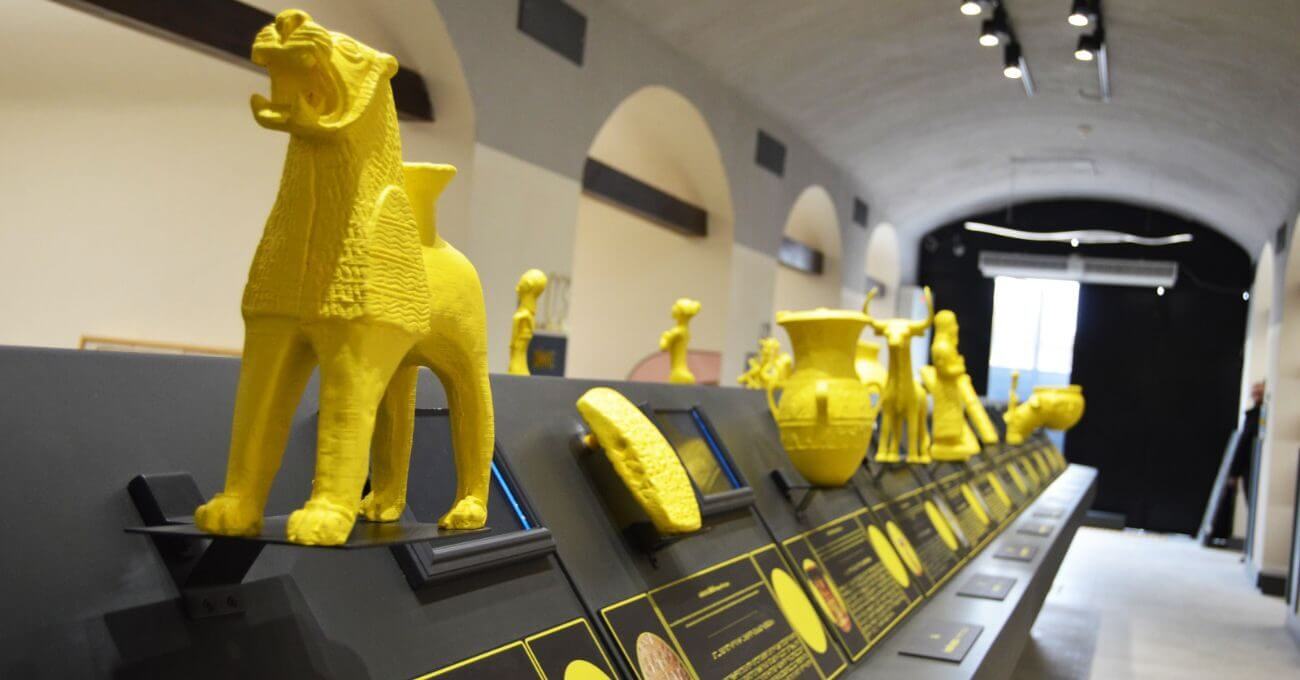
Photo: by courtesy of the Museum of Anatolian Civilizations.
The Bongo Art Project, with its mission to enhance accessibility for visually impaired individuals in museums through touchable replicas, audio descriptions, and innovative technologies, successfully established Turkey’s first “Museum Education and Experience Space for the Visually Impaired” at the Museum of Anatolian Civilizations in Ankara. In our conversation with Çiğdem Aslantaş, the founder of this social enterprise, we delved into various topics, including the project’s inception and execution, the concept of accessibility within museums, and the specific needs of Turkish museums concerning the inclusion of disabled groups.
Could you share the origin story of the Bongo Art Project social enterprise, its organizational structure, and information about the team?
The Bongo Art Project is a social enterprise committed to making museums “accessible for all”, both in the digital and physical realms. My journey began as an interior designer who explored museums worldwide for the past eight years, initially contributing as a columnist for an architectural magazine. Drawing from these experiences, I returned to Turkey and established my brand, MUSEUMSOUL, focusing on museum development. Subsequently, I founded the Bongo Art Project to address the significant challenge faced by museums—the issue of accessibility. Over the past three years, we’ve been transforming museums with a dedicated team of six individuals leveraging their unique talents, supported by an advisory board of ten members and various backers.
"(...) we believe that we have raised awareness about the challenges that visually impaired individuals encounter when seeking to engage with museums in a meaningful way.”
With the Bongo Art Project, you implemented the “Museum Education and Experience Space for the Visually Impaired” at the Museum of Anatolian Civilizations in Ankara. We’d love to hear the details of the project and its implementation process from you. What sets this project apart for Turkey and the field of museology?
The completion of Turkey’s first visually impaired museum “Education and Experience Space” at the Museum of Anatolian Civilizations involved four main stages. Our initial step focused on crafting tactile replicas of museum artifacts, utilizing two methods: high-resolution optical scanning and 3D modeling. We then proceeded with the optimization and production processes, ensuring antibacterial surfaces for touchable areas and assessing their suitability for visually impaired individuals. For the exhibition stands, we completed the first phase by incorporating braille narratives, two-dimensional graphic areas, and real materials to develop texture memory, in addition to tactile formats of the artworks. The architectural process, our second phase, involved creating six training workshops, one art library, three exhibition areas, and a space dedicated to the visually impaired. In the third phase, we crafted audio description texts for 22 works and enlisted professional voiceovers. Finally, in our last phase, we designed and organized the production of promotional materials and the necessary training kits.
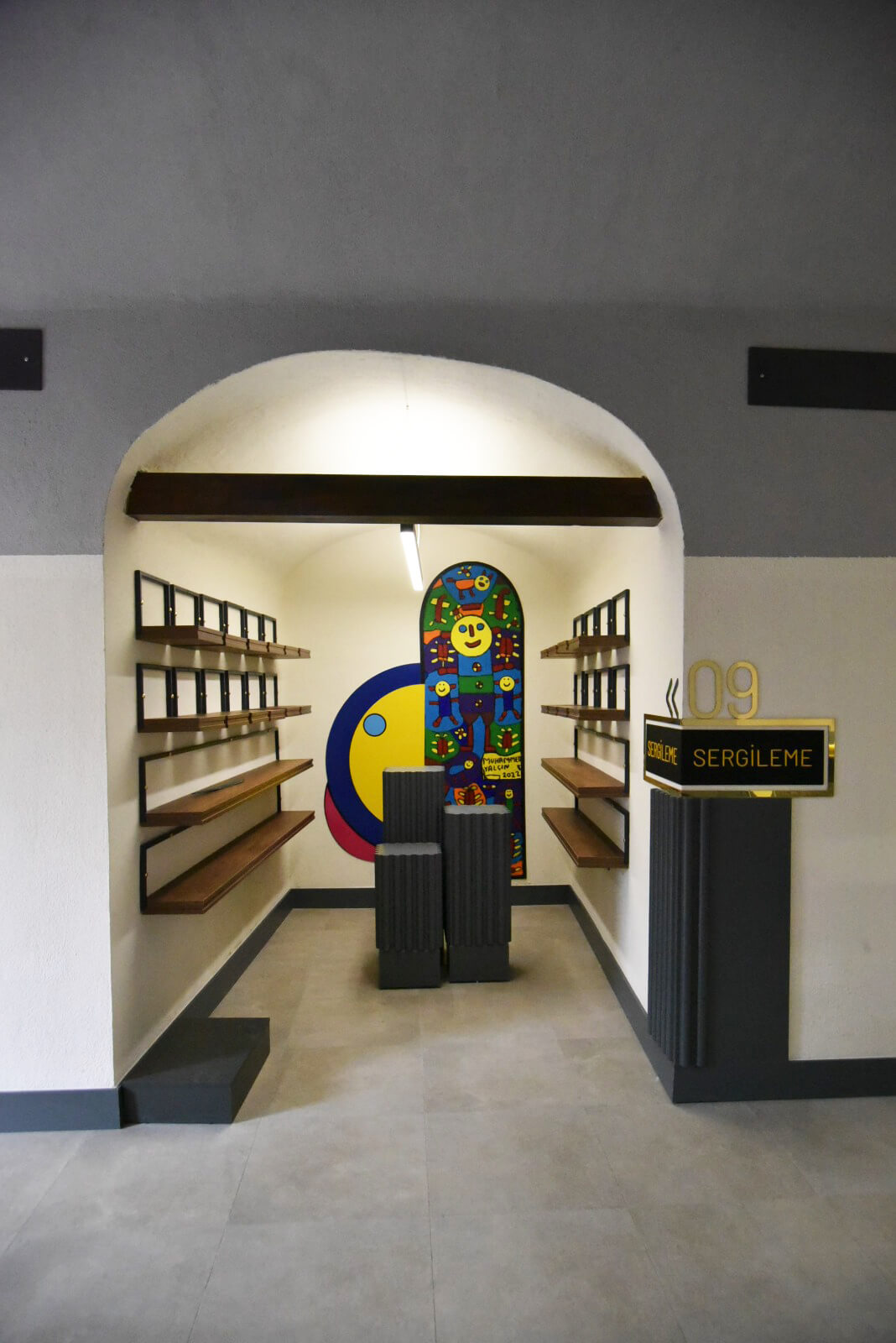 Photo: by courtesy of the Museum of Anatolian Civilizations |
When we assess the project in the context of museology in Turkey, we believe that we have raised awareness about the challenges that visually impaired individuals encounter when seeking to engage with museums in a meaningful way for the past 100 years. The implementation coinciding with the museum’s 100th anniversary underscores the significance of accessibility. Consequently, we are confident that a comprehensive implementation model, encompassing other disabled groups, can be applied to the 637 museums across Turkey.
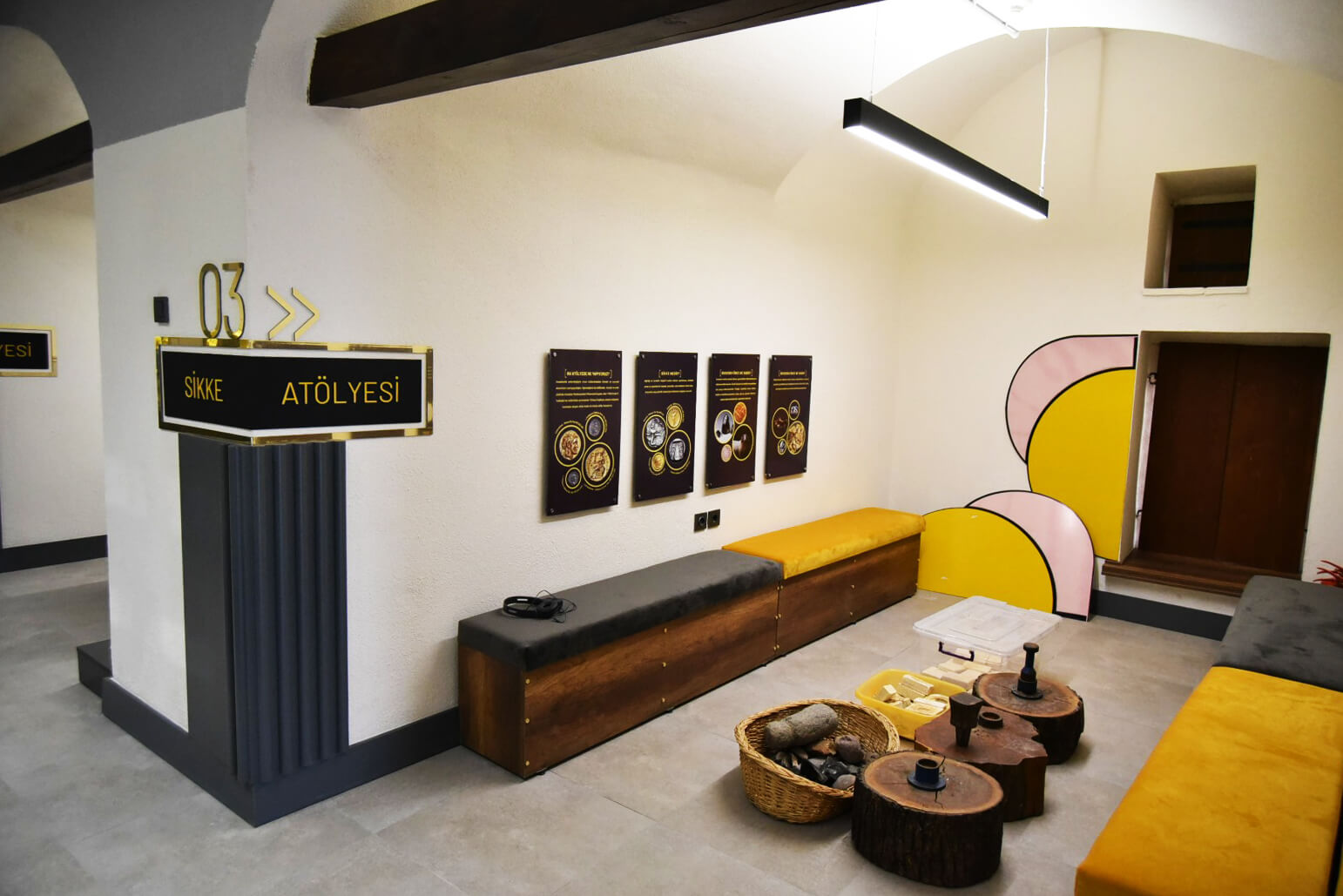 Photo: by courtesy of the Museum of Anatolian Civilizations. |
“(...) Given that the museum is marking its centennial celebration in 2021 and holds the distinction of being the sole museum in Turkey to have received the Best Museum of the Year award in Europe, we believed it was fitting to commence our projects here.”
Was there a specific reason for launching your projects in Ankara and collaborating with the Museum of Anatolian Civilizations? How did your paths cross with the museum?
There were both emotional and rational motivations for choosing the Museum of Anatolian Civilizations as the inaugural project for the Bongo Art Project. As an entrepreneur and a member of a family that has resided in Ankara for three generations, I have a profound connection with the Museum of Anatolian Civilizations. Beyond the emotional motivations, given that the museum is marking its centennial celebration in 2021 and holds the distinction of being the sole museum in Turkey to have received the Best Museum of the Year award in Europe, we believed it was fitting to commence our projects here. We also determined that this should be our initial endeavor as it provides the most comprehensive setting for visually impaired individuals to explore their own history.
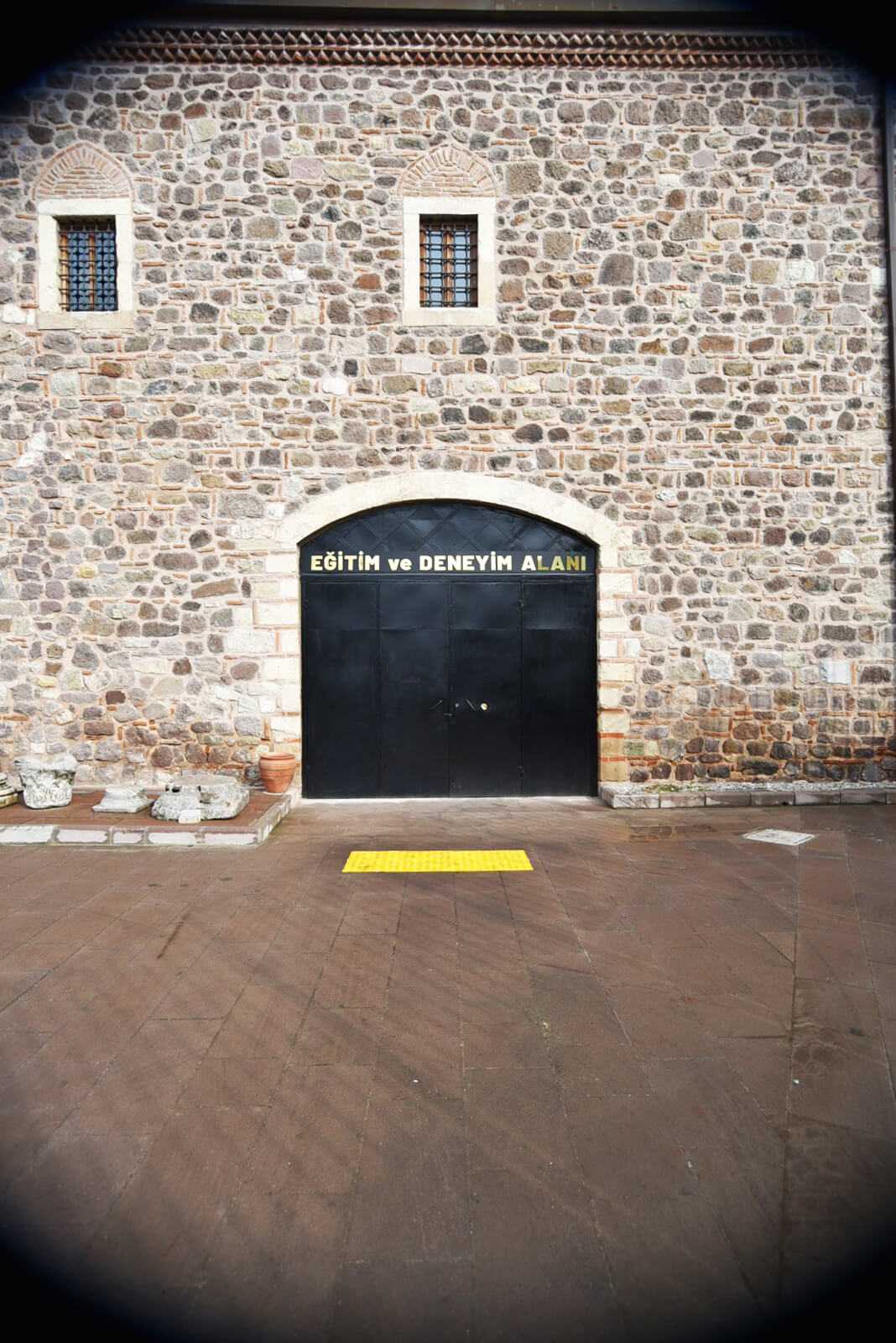 Photo: by courtesy of the Museum of Anatolian Civilizations |
We observe that a comprehensive and multidisciplinary effort was undertaken, encompassing aspects from lighting to the selection of colors. Could you share information about the experts you collaborated with on this project and the techniques employed for visually impaired users?
To achieve high-value results in our implementation, we sought and collaborated with top experts and institutions in their respective fields based on our specific needs. We made a deliberate choice not to venture into areas unfamiliar to us and composed our advisory board with the experts whose company we enjoy. Consequently, we engaged with numerous stakeholders in a highly technical process. Specifically, we received support from professionals spanning a broad range, including those working with high-resolution scanning devices, modeling, production optimizations, and academic perspectives.
“The initial factor that rendered our application innovative was our approach, as we developed a model to encompass not only individuals with total blindness but also those with low vision.”
During the implementation at the Museum of Anatolian Civilizations, did unique and inventive solutions emerge that set it apart from the existing applications worldwide such as 3D printing and voice-overs for individuals with disabilities?
The initial factor that rendered our application innovative was our approach, as we developed a model to encompass not only individuals with total blindness but also those with low vision. This choice led to the production of artworks in yellow colors, a rarity on a global scale. Our approach was to establish a 360° inclusive structure, and we are progressively incorporating each disability group into our model. Hence, we have developed a flexible model capable of addressing problems with different technological methods in each application. This demonstrates our ability to technologically resolve each issue using various innovative production methods. We believe that we distinguished the process by working with high-resolution 3D optical scanning devices and 3D generalist in our initial application.
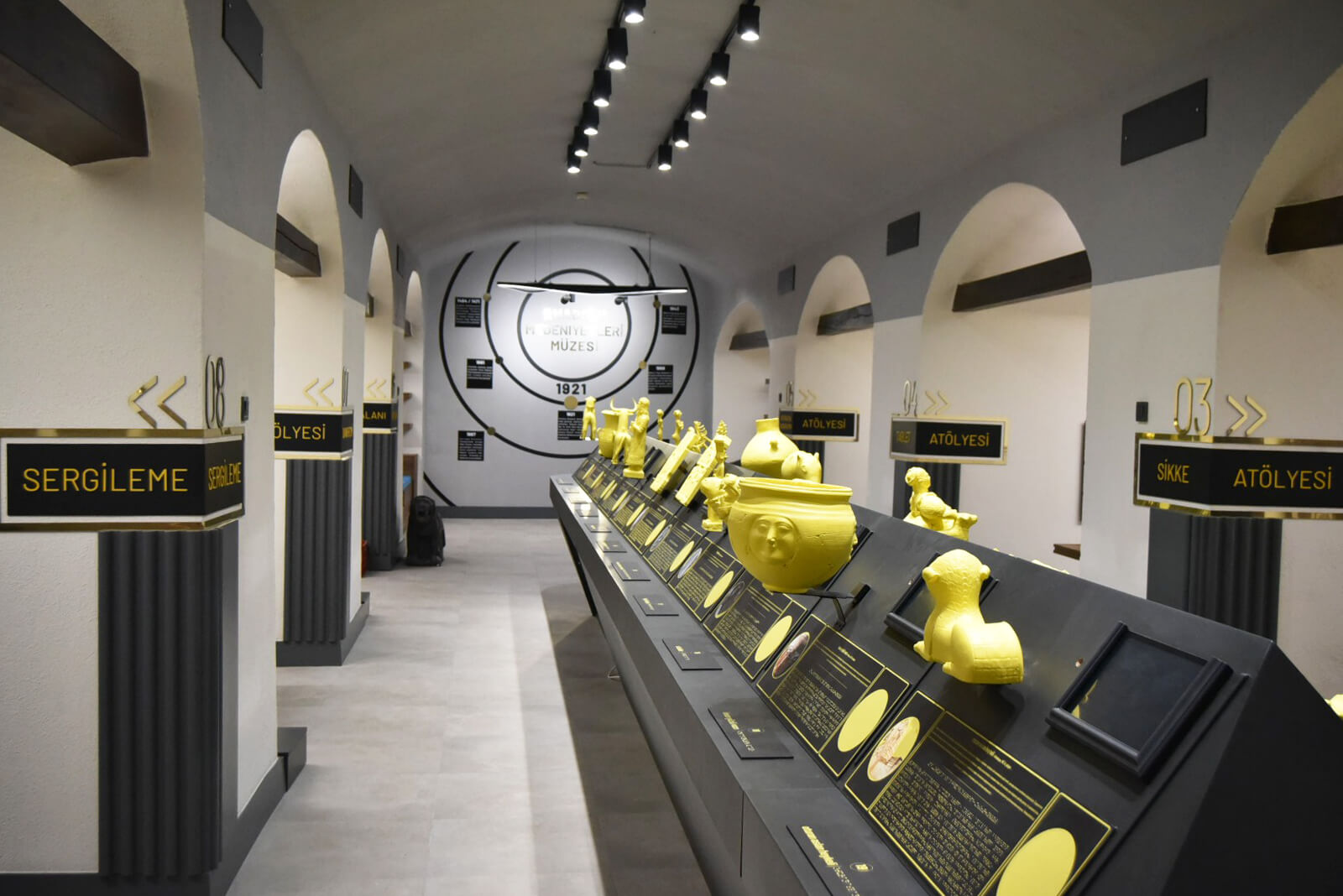 Photo: by courtesy of the Museum of Anatolian Civilizations. |
How did you go about selecting replicas from the museum’s collection? (Were only specific objects chosen, or are there also artifacts in different formats?)
Our curators selected 22 iconic artifacts from the Museum of Anatolian Civilizations, representing the prehistoric civilizations in Anatolia from the Paleolithic period to the Urartu period. The focus was on providing visually impaired individuals with access to their own history and fostering a connection to the geography they inhabit. Consequently, the entire collection was curated to offer a comprehensive overview of Anatolia.
“(...) We initiated the #yellowmuseums movement to symbolize the accessibility of museums.”
You mention the concept of the “Yellow Museum”, and the use of the yellow color in the replica artifacts in the project draws attention. What does the term “Yellow Museum” signify?
Our highly qualified advisory board plays a pivotal role in our decision-making process. The concept of the Yellow Museum originated from our discussions with our esteemed doctor Ayşe Turan, a respected member of our advisory board. Through these conversations, we learned that the color yellow, with a light wave size of 420nm, provides the highest electrical stimulus in the retinas of individuals with low vision and creates high contrast on dark backgrounds. For this reason, we painted our replicas in yellow so that not only completely blind individuals but also individuals with low vision can perceive them more easily. Consequently, we initiated the #yellowmuseums movement to symbolize the accessibility of museums.
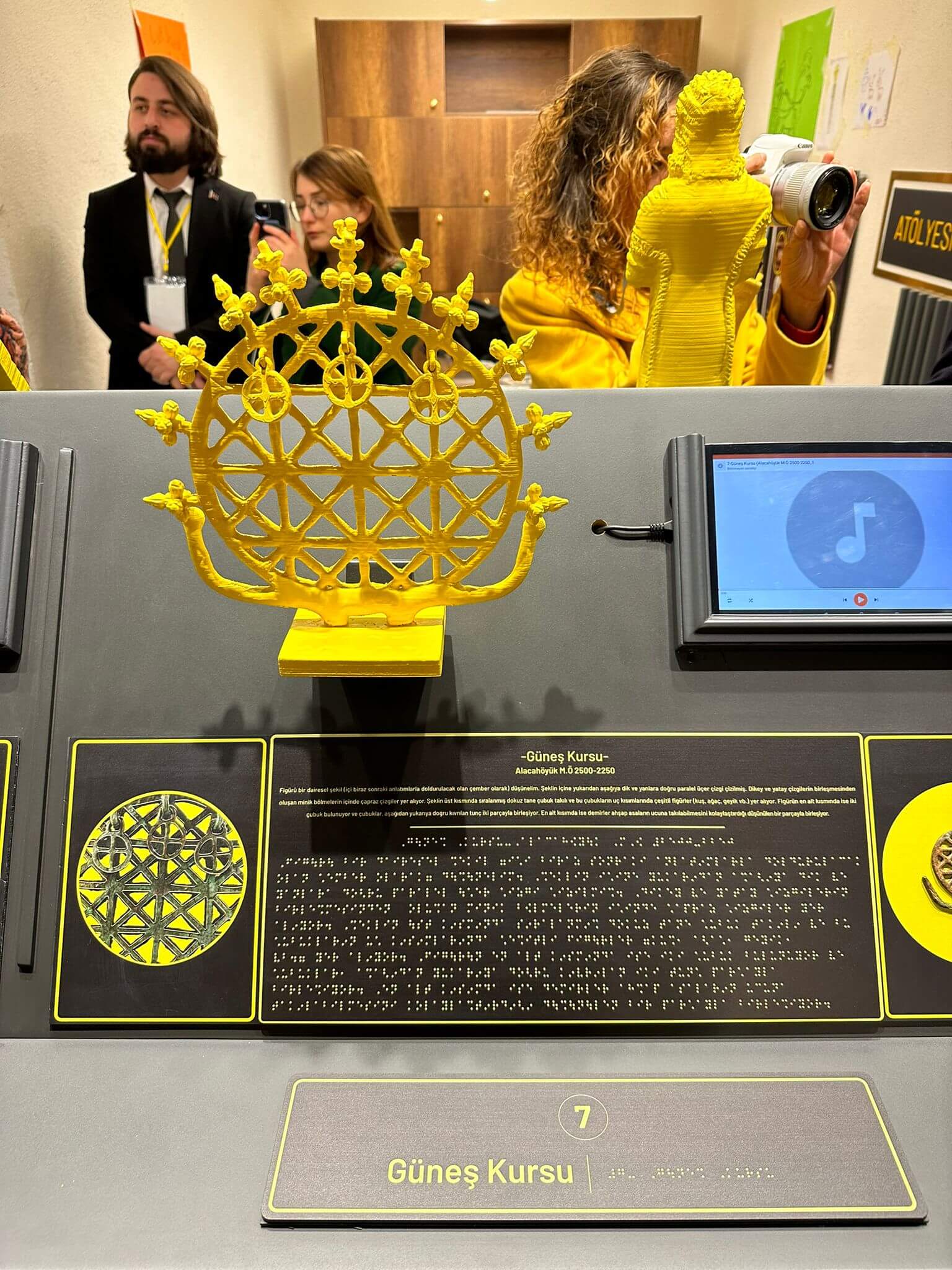 Photo: by courtesy of the Museum of Anatolian Civilizations |
“In 9 months, we welcomed over 10,000 children, both healthy and disabled, to our space, receiving highly valuable feedback.”
How was the project communicated to individuals with visual impairments? Were there provisions for visually impaired individuals to engage with the project? What feedback was received from this community?
When we initiated the project, our objective was to foster collaboration with esteemed organizations dedicated to disability issues, uniting the public sector, private sector, and civil society. Consequently, we actively partnered with the Gören Kalpler Derneği (Association of Seeing Hearts), working together in the field. Through this collaboration, we had the opportunity to leverage their networks to reach visually impaired individuals and announce the application. We collectively recognized the importance of considering access to culture and arts as a fundamental right for the visually impaired. In 9 months, we welcomed over 10,000 children, both healthy and disabled, to our space, receiving highly valuable feedback.
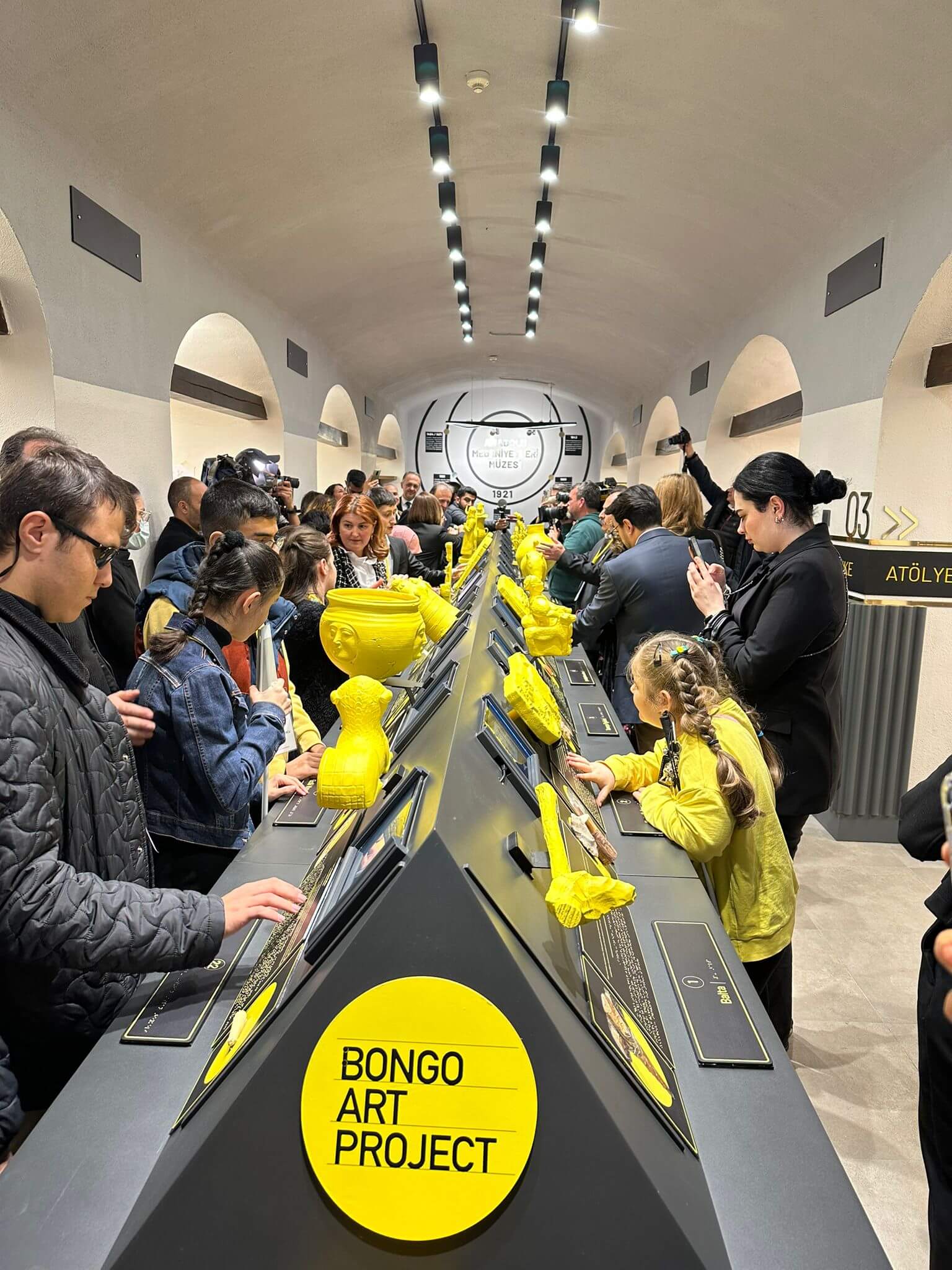 Photo: by courtesy of the Museum of Anatolian Civilizations |
Which projects, both in Turkey and globally, have you analyzed or used as examples regarding accessibility? What defines an accessible museum? Could you share successful examples in this regard?
Accessibility poses a significant challenge in many museums I’ve visited, both in Turkey and worldwide. Notably, there is a severe lack of high-quality applications for visually impaired individuals, not only in Turkey but globally. As we delved deeper, we discovered that other disability groups face similar challenges in terms of accessibility. In this regard, the “State Tactile Museum Omero” in Italy and certain museum applications in Germany are considered noteworthy for their positive impact on visually impaired individuals. What sets our application apart is that it also includes individuals with low vision. We believe we occupy a crucial position in covering the entire visual spectrum.
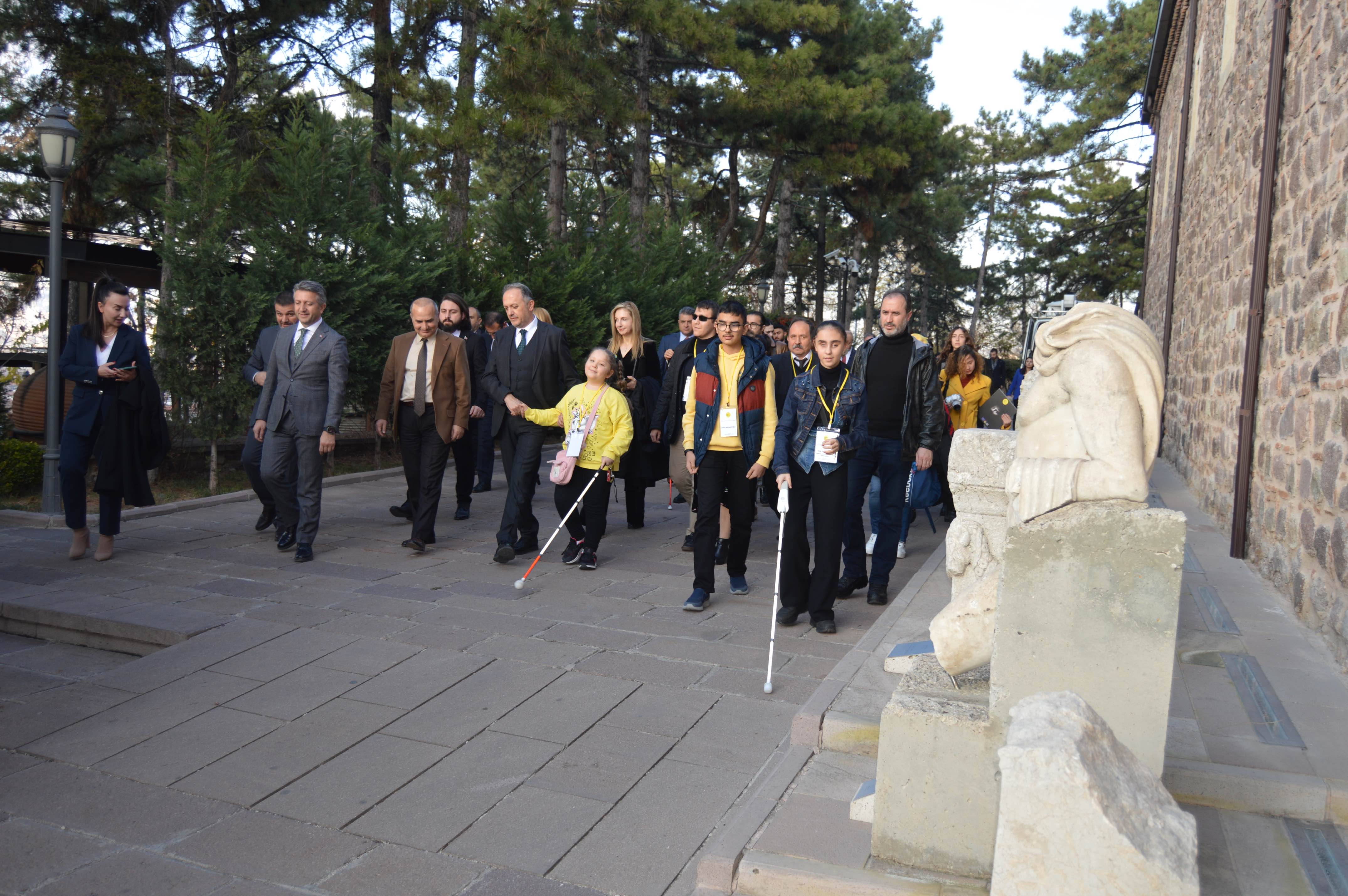 Photo: by courtesy of the Museum of Anatolian Civilizations. |
“When we assess accessibility, considering not only individuals with disabilities but also the communication needs of children, the elderly, and adults, we realize that our coverage is quite incomplete.”
What do you believe are the needs of museums in Turkey in this context, and what practices should be implemented in the future?
We reside in a region adorned with the ancient history of Anatolia and Mesopotamia, evident everywhere. This makes Turkey a treasure trove for museology. Remarkable museums abound across the country. However, it’s crucial to highlight that accessibility remains a significant challenge. When we assess accessibility, considering not only individuals with disabilities but also the communication needs of children, the elderly, and adults, we realize that our coverage is quite incomplete. Hence, I anticipate a shift towards museums that prioritize accessibility and effective communication. Specifically, I believe that integrating technology will play a key role, ensuring that knowledge can be conveyed more accurately through these applications in the future.
What kind of collaborations were established during the process, and who were among the project supporters?
We initiated our journey by devising a model that would unite the public sector, private sector, and civil society. Our initial approach involved making the first application voluntary and accepting in-kind support from all stakeholders based on their competencies and capacities. At the conclusion of the process, we successfully realized Turkey’s museum education and experience space for visually impaired individuals with the backing of 24 sponsors and supporters.
Our collaborations were particularly noteworthy, with Tübitak Sage taking the lead as the main sponsor, marking the first joint effort in the social field by the Defense Industry and the Ministry of Culture and Tourism. We, along with the esteemed collaborators such as Hitit Seramik, made the Museum of Anatolian Civilizations accessible in its centenary.
We believe our alignment with the private sector brands’ spirit, our resonance with the challenges faced by non-governmental organizations, and our focus on public institutions’ sensitivities have led to a highly valuable outcome. The most promising aspect lies in our ability to address the challenges effectively when we unite.
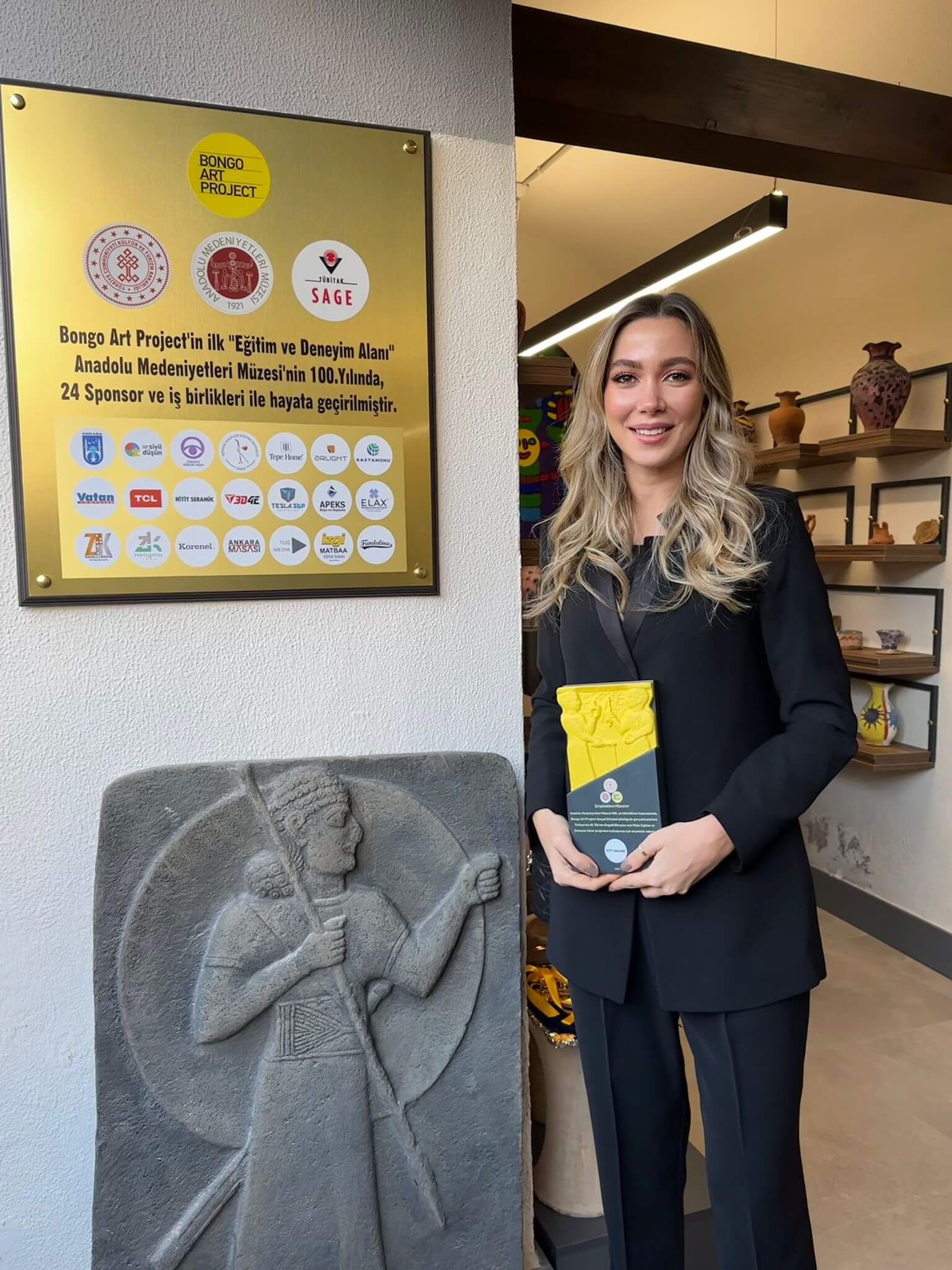 Hitit Seramik Board Member Beril Hızal, from the opening of the “Museum Education and Experience Space for the Visually Impaired”, 2022. Photo: by courtesy of Hitit Seramik. |
“(...) In collaboration with Hitit Seramik, we opted for the 60x60cm beige variant from Kansas, one of the porcelain tile series with a stone-like appearance.”
How did you come into contact with Hitit Seramik during the project process?
During the construction phase of our application space in the Museum of Anatolian Civilizations, we encountered numerous regulations, especially given the historical significance of the 500-year-old cultural heritage site. We took great care to ensure that each design decision harmonized with the existing texture. To achieve this, our initial decision was to use products that both complemented the historical context and had contemporary relevance for the floor renovations. Therefore, in collaboration with Hitit Seramik, we opted for the 60x60cm beige variant from Kansas, one of the ceramic tile series with a stone-like appearance. Their invaluable support played a significant role in successfully covering our floors during the application process.
In which cities and museums do you plan to continue your projects?
After successfully making the Museum of Anatolian Civilizations accessible for visually impaired individuals in our first application, we embarked on our second project at the State Art and Sculpture Museum in Ankara. This time, our focus was on enhancing accessibility for hearing impaired individuals, representing another disability group. Pioneering in Turkey, we created sign language narrations for 60 paintings. A remarkable aspect of this journey was the exploration that certain words describing our chosen paintings lacked equivalents in sign language. Over a four-month period, we collaborated with a team of 7 sign editors and interpreters to formulate 230 new art terms, subsequently narrating 60 museum works in sign language. Our application, scheduled for launch in February, aims to make museums accessible for the hearing impaired for the first time in Turkey.
Our broader mission involves creating accessible museums for all, addressing various disability groups. In 2023, we aspire to collaborate with the public sector, private sector, and civil society to transform numerous museums. Provinces such as Eskişehir, Bursa, and Afyon are among those where our projects will continue.
